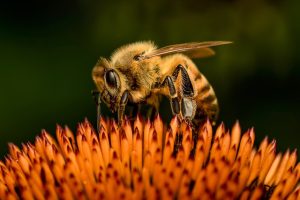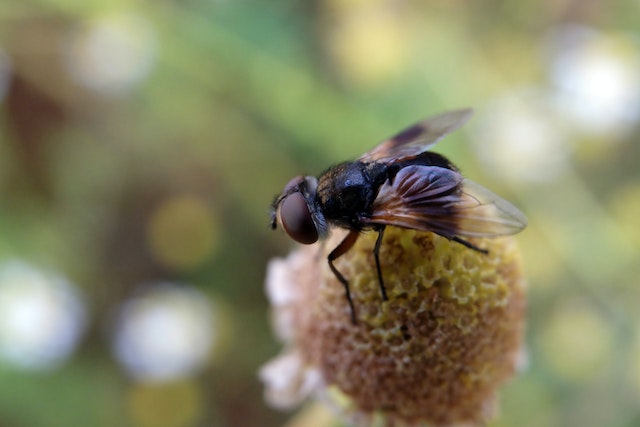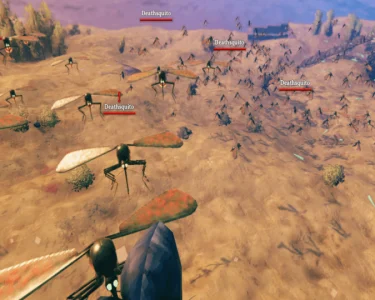Introduction
Welcome to the intriguing world of tsetse flies and their ominous alliance with disease transmission in Sub-Saharan Africa. In this exploration, we unravel the complexities of this deadly liaison, guided by the expertise of Dr. Samuel O. Njoroge, a renowned epidemiologist with invaluable insights into vector-borne diseases.
The Silent Threat
Tsetse flies, often underestimated, serve as vectors for several debilitating diseases, making them silent carriers of doom across Sub-Saharan Africa.
The Pathogens at Play
Uncover the sinister diseases that tsetse flies transmit, including African Trypanosomiasis (sleeping sickness) and Nagana in livestock, and the profound impact they have on both human health and agriculture.
Expert Insights
Dr. Samuel O. Njoroge: The Epidemiologist Extraordinaire
Our knowledge source, Dr. Samuel O. Njoroge, is a distinguished epidemiologist with extensive field experience in Sub-Saharan Africa. Holding a Ph.D. in Epidemiology and a track record of groundbreaking research, his expertise is pivotal in unraveling the tsetse fly’s role in disease transmission.

The Disease Landscape
| Disease | Impact on Health | Impact on Agriculture | Geographical Spread |
|---|---|---|---|
| African Trypanosomiasis | Severe | Major | Widespread |
| Nagana (In Livestock) | Significant | Significant | Prevalent |
The Mechanism of Transmission
Tsetse flies act as biological vectors, transmitting diseases through their bite. Dr. Njoroge sheds light on the intricate process of disease transmission within the tsetse fly ecosystem.
Fighting the Deadly Duo
Vector Control
Efforts to reduce tsetse fly populations through targeted vector control measures, such as traps and insecticides, can mitigate disease transmission.
Disease Surveillance
Vigilant disease surveillance systems help detect and manage outbreaks, preventing further spread of these lethal diseases.
Research for Solutions
Investing in research for innovative disease control strategies is paramount to combat this deadly liaison effectively.
Conclusion
Dr. Samuel O. Njoroge’s insights have illuminated the perilous partnership between tsetse flies and disease transmission in Sub-Saharan Africa. This deadly liaison threatens the region’s health and agricultural stability.
In summary, tsetse flies are not just blood-sucking insects; they are carriers of silent but deadly diseases. By understanding the dynamics of disease transmission and implementing effective control measures, we can break this deadly liaison’s grip on Sub-Saharan Africa.




